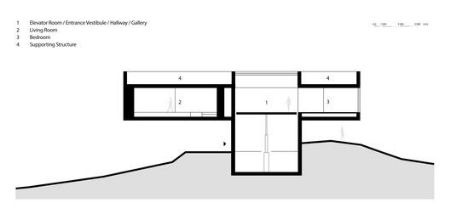
Friday, August 22, 2025 Geo-environmental engineering integrates geology, environmental science, and engineering to create sustainable solutions. From contaminated site cleanup to resilient infrastructure design, it plays a vital role in balancing development with environmental preservation.





























